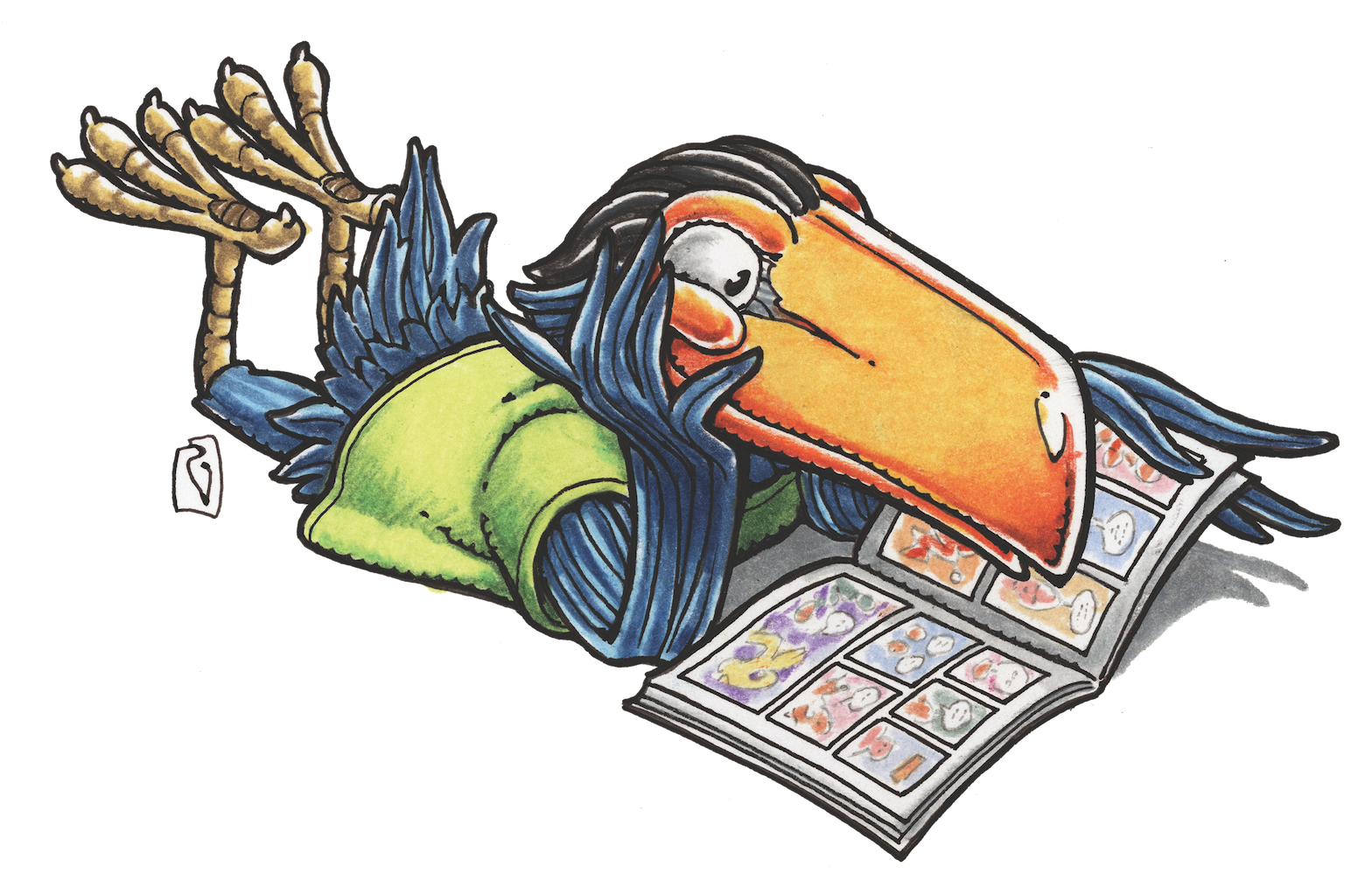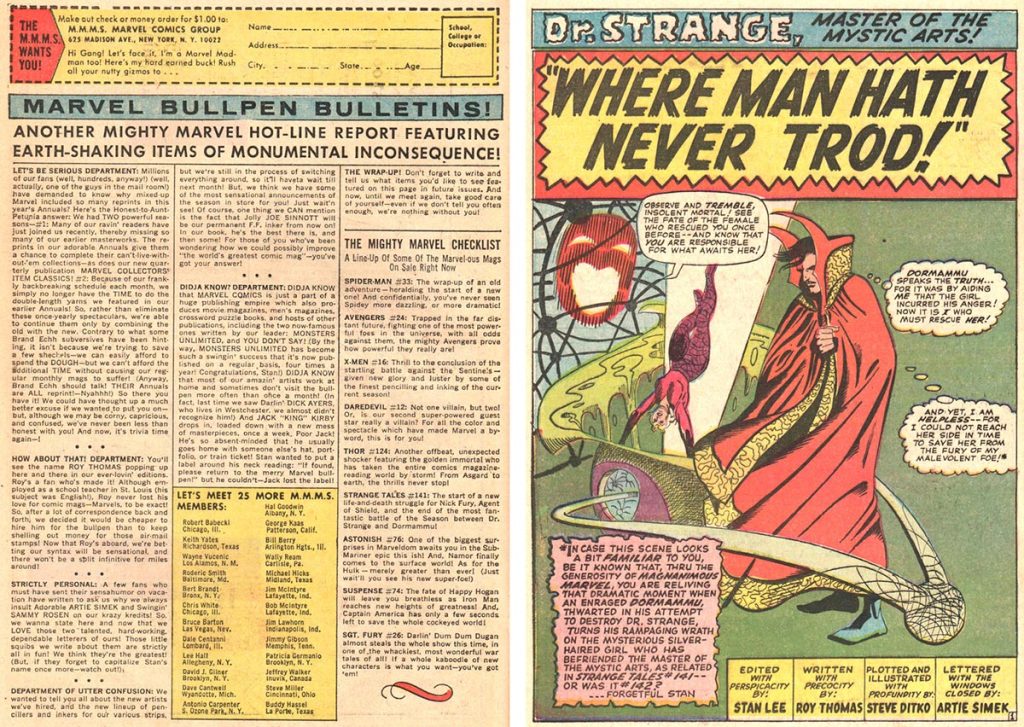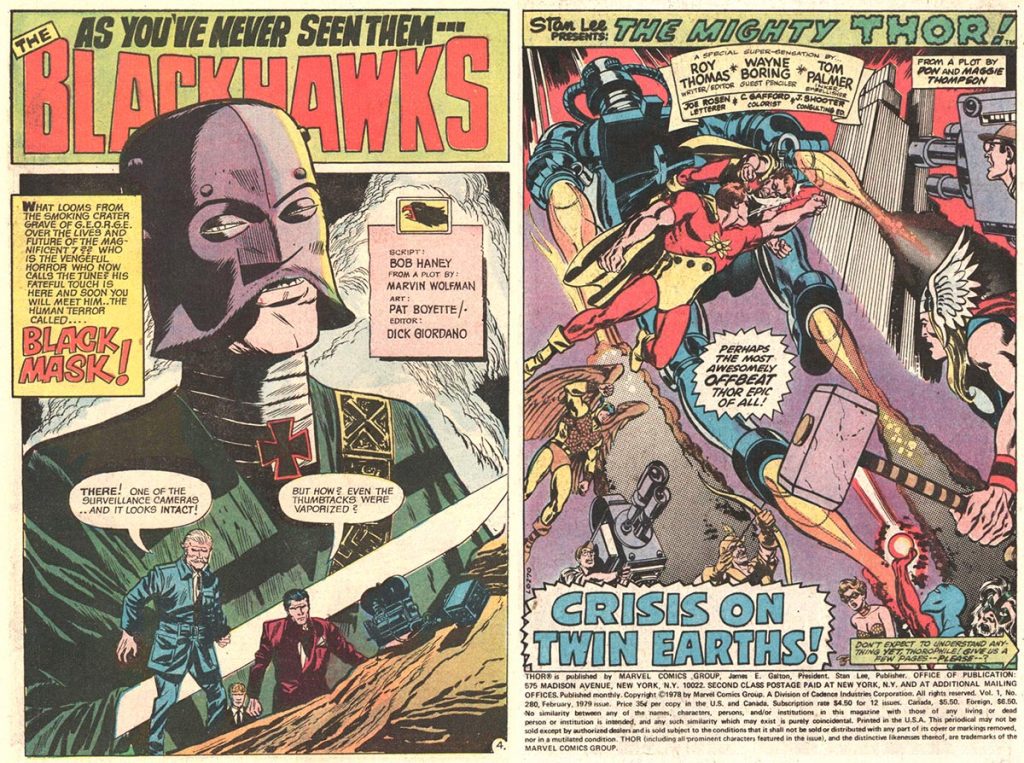MAGGIE’S WORLD BY MAGGIE THOMPSON
Maggie’s World 062: Fans Become Pros with Superman

By 1938, Jerry Siegel and Joe Shuster (both born in 1914) had already established themselves in what would later be called First Fandom. (That was the term for science fiction fans who could demonstrate fan activity by 1936.) A letter from the 14-year-old Jerome Siegel in Amazing Stories for August 1929 expressed admiration for Edmond Hamilton, David H. Keller, A. Merritt, Clare W. Harris, Ray Cummings, and Murray Leinster and provided a clue regarding his interests and tastes. It also carried his address (Thanks, Hugo Gernsback!) so that others with similar interests could reach out directly to him.

“The Reign of the Superman” appeared in the third issue of the fanzine Science Fiction, which Siegel and Shuster published when they were in their late teens, five years before Action Comics #1. And they retained the term “Superman” as they developed the project for which they eventually found a buyer. All of which kicked off the Golden Age of comics.
June 2018
So it is that pop culture media around the world are tipping their collective toppers this month to Action Comics #1, cover-dated June 1938. Fewer may mention that issue of Science Fiction, published five years earlier. Of course, the Superman of Science Fiction was a villain, and the whole concept was revamped. But science fiction fans had already been familiar with the concept of protagonists with advanced powers from one source or another.
Gernsback’s Ralph 124C 41+ (1911), Edgar Rice Burroughs’ Under the Moons of Mars (1912), Philip Wylie’s Gladiator (1930), and many other such tales were part of the field that had fascinated the two kids. Moreover, they were familiar with the idea of science fiction characters making a transition from text to comics, thanks to Buck Rogers (first appearing in Amazing Stories in 1928, then morphing to his own strip in 1929 via the National Newspaper Service). And Flash Gordon (1934, King Features Syndicate) was doing nicely in newspapers, too.

But here’s the thing.
Will Eisner and Jack Kirby (each born three years after Siegel and Shuster) are among the most influential comics creators ever, and they certainly had their own influences. Eisner said his biggest creative influences had been Elzie Segar [Thimble Theatre], George Herriman [Krazy Kat], Milton Caniff [Terry and the Pirates], and J.C. Leyendecker [Saturday Evening Post covers]. Jack Kirby singled out Caniff, Hal Foster [Tarzan and Prince Valiant], Alex Raymond [Flash Gordon], and a number of editorial cartoonists.
They were influenced by creators who had preceded them. They probably clipped work they liked so as to enjoy—and study—it. But I’m not aware of their publishing their own amateur attempts, circulating them among friends around the country. I’m not aware of their reaching out by mail to participate in discussions of others’ work.
So what was it that made Siegel and Shuster pioneers of a different professional development?
Fandom.
Then
Whereas there had been a variety of comics publications over the years, from Saalfield reprint books to actual strip reprints in comic books on newsstands by the time Action #1 went on sale, it was Superman that caught a new audience. In early analyses of the effects of that creation, one aspect went unmentioned in the three primary reference books on comics by the time comics fandom itself was beginning to form. They were: Comics and Their Creators by Martin Sheridan (1942 and 1944); The Comics by Coulton Waugh (1947); and Comic Art in America by Stephen Becker (1959). Each discussed Siegel, Shuster, and Superman. Each commented on the fact that the duo had created the character when they were in their teens.
Sheridan: “The idea for Superman evolved when they were still in high school. Jerry Siegel created the character, offered his friend, Joe Shuster, the opportunity to draw the feature. Then the young men tried to sell Superman to practically every newspaper syndicate in the country for five years.”
Waugh: “They were high-school kids in Cleveland when the faint, crackling blue flame of inspiration hovered over their heads. It was Jerry Siegel who grabbed the new character out of the air. Joe Schuster [sic] drew it. These kids were smart, and they knew they had a winner; the trouble was, no one else did.”
Becker: “Superman was created by two stubborn young men (both in their mid-twenties at the time) named Jerry Siegel (who wrote the continuity) and Joe Shuster (who drew the strips). They were from Cleveland, and Siegel evolved the idea of Superman while he was still in high school.”
What went unmentioned? The fact that Siegel and Shuster were active science fiction fans who self-published their own magazine, which they wrote and drew.

Now
As we celebrate eight decades of Superman, let’s also celebrate fans who turned a hobby into a profession.
Consider: In 1929, Siegel listed Edmond Hamilton as one of his favorite writers. Years after that Amazing Stories letter was published, Hamilton himself was writing spin-off adventures of the character created by his admirers—Hamilton’s tales including the key secret identity mutual reveal of Superman and Batman in Superman #76 (May 1952).
And later?
Later came the Silver Age—and an ever-growing pantheon of pros who came to the field out of fandom. One of those pioneers, of course, was Roy Thomas, who began by teaming with Jerry Bails to bring the ground-breaking Alter-Ego to fellow comics readers. Not satisfied with writing about comics (and even drawing that first-issue cover), he soon made his way to a fulltime career.
Soon, many whose early work had gone on display in self-published communications found their way to newsstand distribution. The list grew quickly: Terry Beatty, Peter David, Wendy Fletcher (later Pini), Wayne Howard, Tony Isabella, Larry Ivie, Don Rosa, Beau Smith, Steve Stiles, Len Wein, Marv Wolfman … No, I give up. There are just too many, and I’ve already skipped over creators whose names you’re shouting …
Here’s to Fandom!
After 80 years of fans finding careers in comics, providing terrific tales, what comes next?
After all … 80 years from now, it’ll be 2098, right? Which high-school students are creating new stories right now? What adventures are they telling?
Let’s look forward to what happens next.
Maggie’s World by Maggie Thompson appears the first Tuesday of every month here on Toucan!